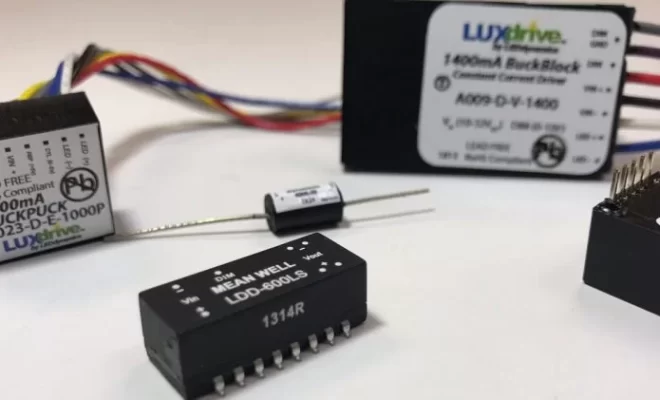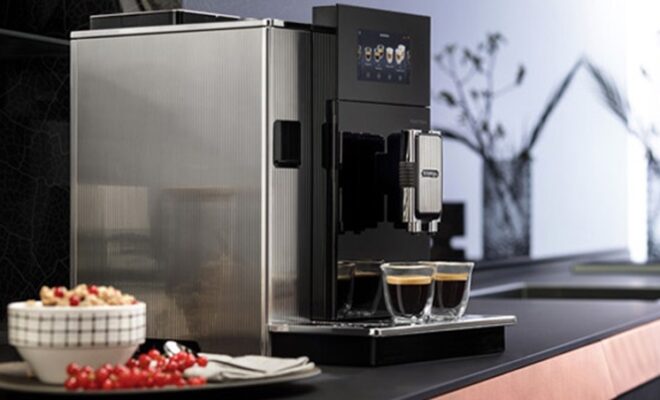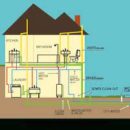How to Choose Reliable LED Strip Lights Suppliers & LED Module Suppliers: A Complete Guide

Whether you’re working on architectural lighting, signage, or custom installations, one thing is clear: choosing the right LED components makes all the difference. Behind every sleek, glowing surface is the decision to work with suppliers who deliver on quality, consistency, and durability.
This guide walks you through what to look for when sourcing both LED strip lights and LED modules, two of the most commonly used lighting formats in today’s projects.
Understanding the Basics
LED strip lights are flexible and often adhesive-backed, making them ideal for ambient lighting under cabinets, ceilings, or shelving. Their flexibility, range of brightness options, and ease of installation make them a popular choice for interior design and commercial setups alike.
In contrast, LED modules are more compact, rigid or semi-rigid lighting components, usually designed for outdoor signage, backlit letters, or retail displays. They’re engineered for brightness and uniform light spread in tight or shaped spaces.
Both serve different needs, which means finding a supplier with the right specialization is key.
Key Qualities in LED Strip Lights
Not all strip lights are made the same. When assessing potential partners, pay attention to:
- Voltage Options: Look for a supplier offering 12V, 24V, and higher voltages depending on your project type.
- Waterproofing and Durability: Ratings like IP65 or IP68 are essential if strips are exposed to moisture or dust.
- Brightness and LED Density: The number of LEDs per meter (e.g., 60, 120, or 240 LEDs) affects the overall intensity and smoothness of the light output.
When it comes to long-term performance, heat dissipation, PCB quality, and uniform color temperature are just as important as brightness. Suppliers that provide detailed specifications and technical data are generally more trustworthy.
Working with experienced led strip lights suppliers also ensures access to components that are compatible with various power supplies, dimmers, and mounting systems making installations smoother and safer.
Choosing the Right LED Module for Your Project
For signage and focused illumination, LED modules offer compact, directional lighting with high output.
Modules are often built with lenses that spread light at specific angles (e.g., 120°, 160°), and many are encapsulated for waterproofing. Key features to look for include:
- Chip Type: SMD 2835, 5050, or COB chips, each offering different efficiency and brightness.
- Wire Configuration: Pre-soldered wires or push connectors can reduce install time significantly.
- Thermal Management: Good modules include materials that manage heat to prolong lifespan.
Sourcing from reliable led module suppliers often means getting access to custom layouts, wiring support, and higher QC standards. It also ensures consistency in color temperature and brightness across large-scale installs, especially important in branding or display signage.
Certifications & Safety Compliance
Whether you’re sourcing strips or modules, don’t skip certifications. CE, RoHS, and FCC ensure that the products meet electrical safety, environmental, and electromagnetic interference standards.
For outdoor or high-humidity areas, IP ratings are critical. IP65 means protected from water jets; IP68 means full submersion resistance. A good supplier should explain these clearly and include them in product specs.
Customization Capabilities
Your lighting project might need more than off-the-shelf components. Custom lengths, waterproofing, unique color temperatures (e.g., 2700K or 6500K), or RGB features may be essential.
Flexible suppliers can customize LED spacing, wire lengths, or even packaging. This flexibility is especially valuable in one-off builds or scaled architectural work.
Price, Warranty & Support
Low pricing can be tempting, but always weigh it against build quality, warranty terms, and post-sale service. A slightly higher upfront cost often saves money in the long run by reducing rework, replacements, or failures on-site.
Check if your supplier provides:
- Written warranties
- Aging test reports
- Fast responses to technical questions
- Help with installation diagrams or voltage calculations
Even basic support like data sheets and layout guides can save hours on larger projects.
Real-World Use Cases
LED strips have become staples in retail, hospitality, and home settings. They’re used under counters, behind TVs, and along staircases for subtle glow effects.
Modules are commonly seen in channel letters, billboard backlights, and product displays. Their brightness and targeted spread make them ideal for creating high-impact visuals, even in daylight conditions.
Final Thoughts
Sourcing LED components isn’t just about browsing catalogs. It’s about building a relationship with a supplier who understands your needs, provides consistent quality, and supports your workflow.
Whether you’re testing prototypes or installing thousands of lights across a commercial site, taking time to evaluate suppliers pays off in both performance and peace of mind.







